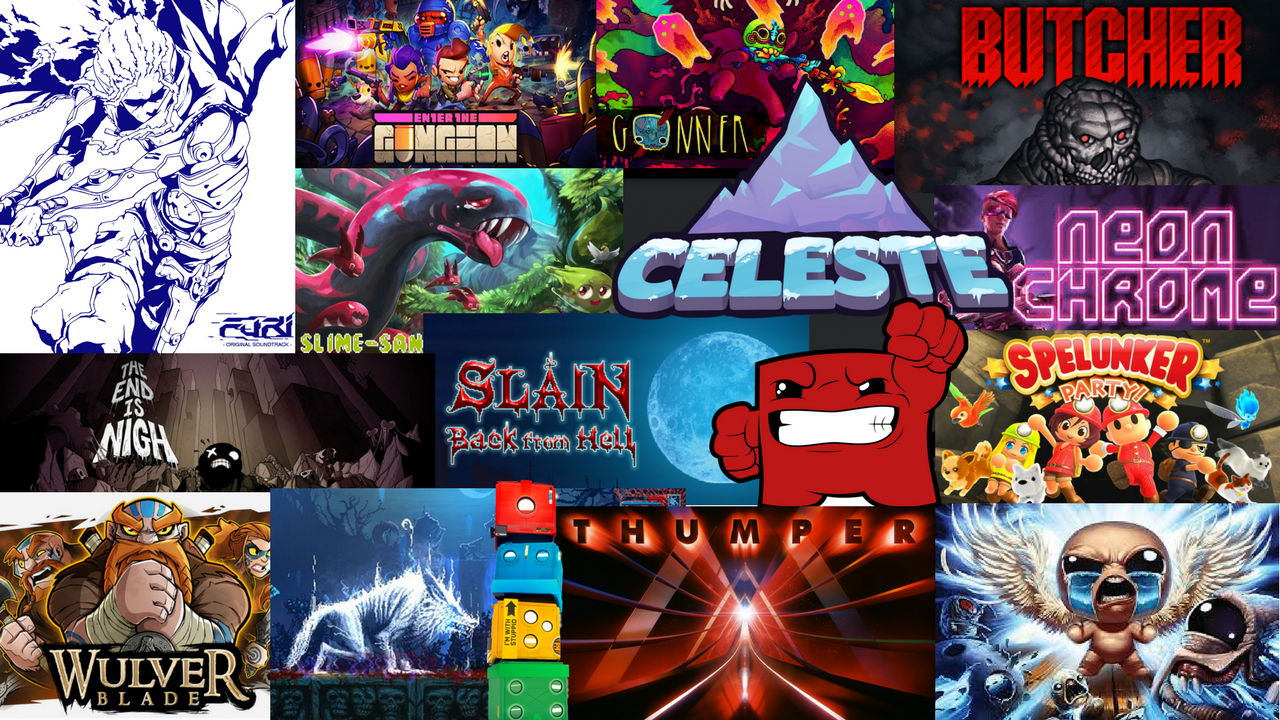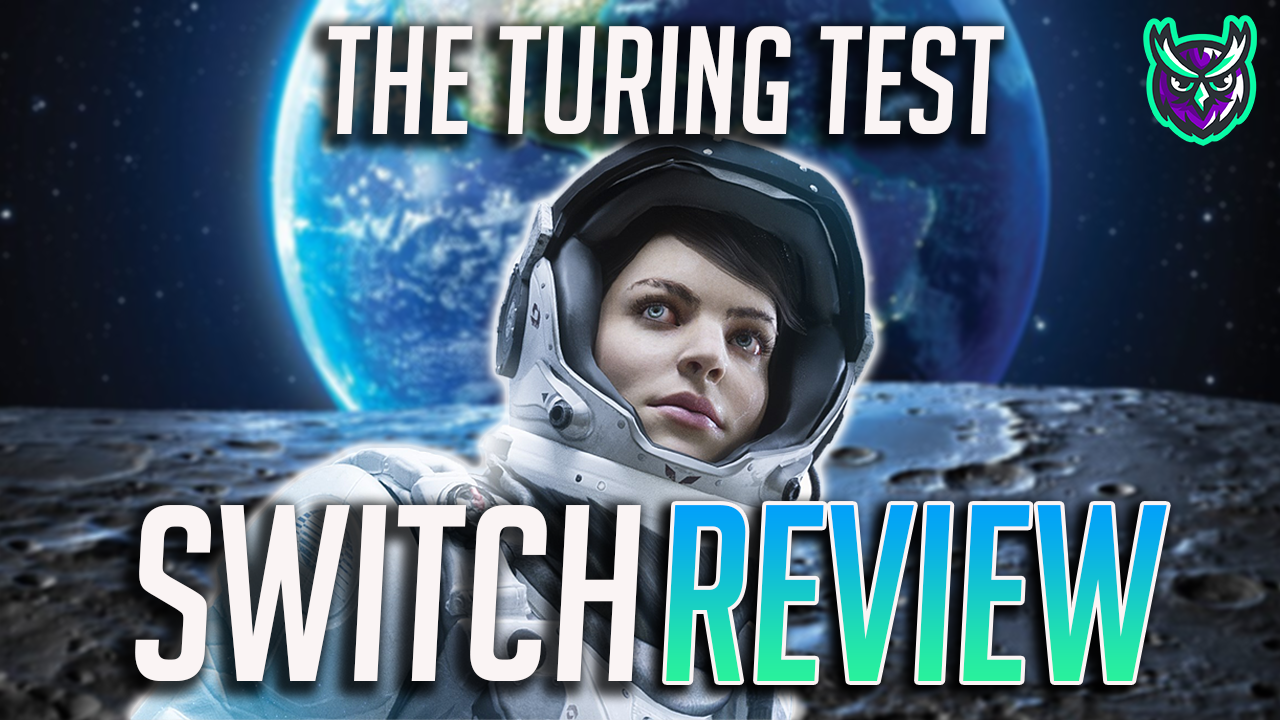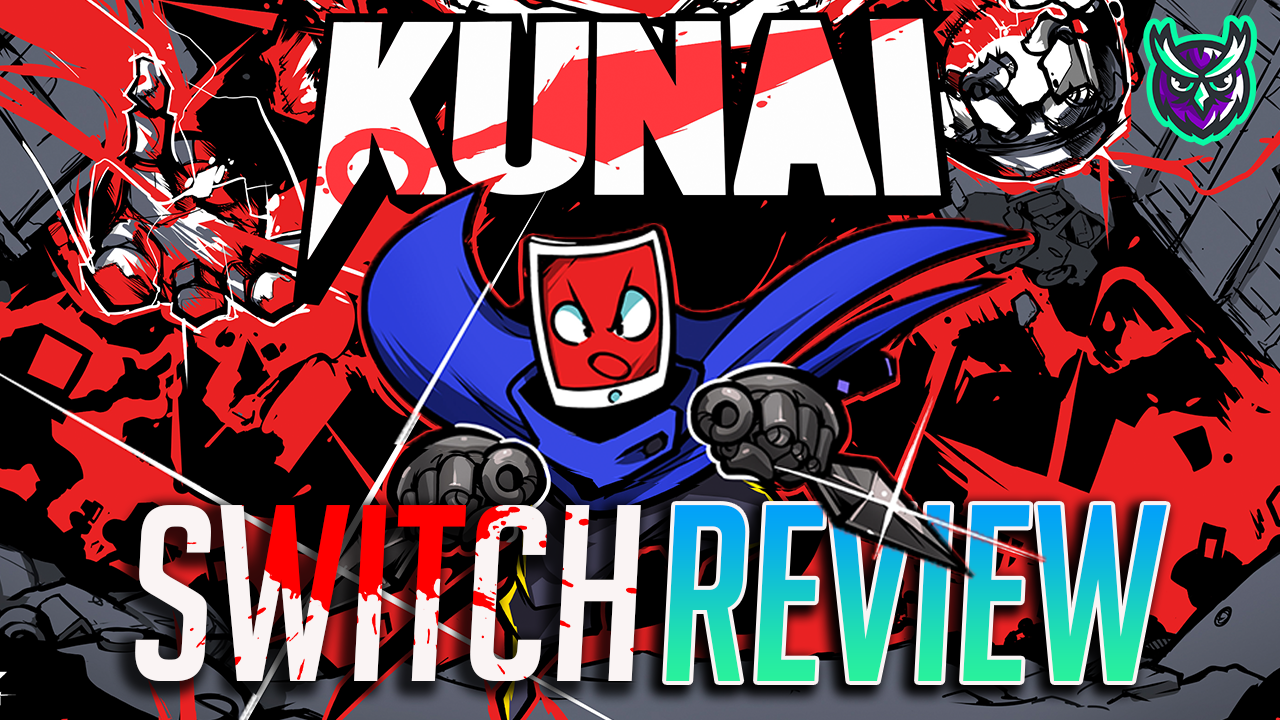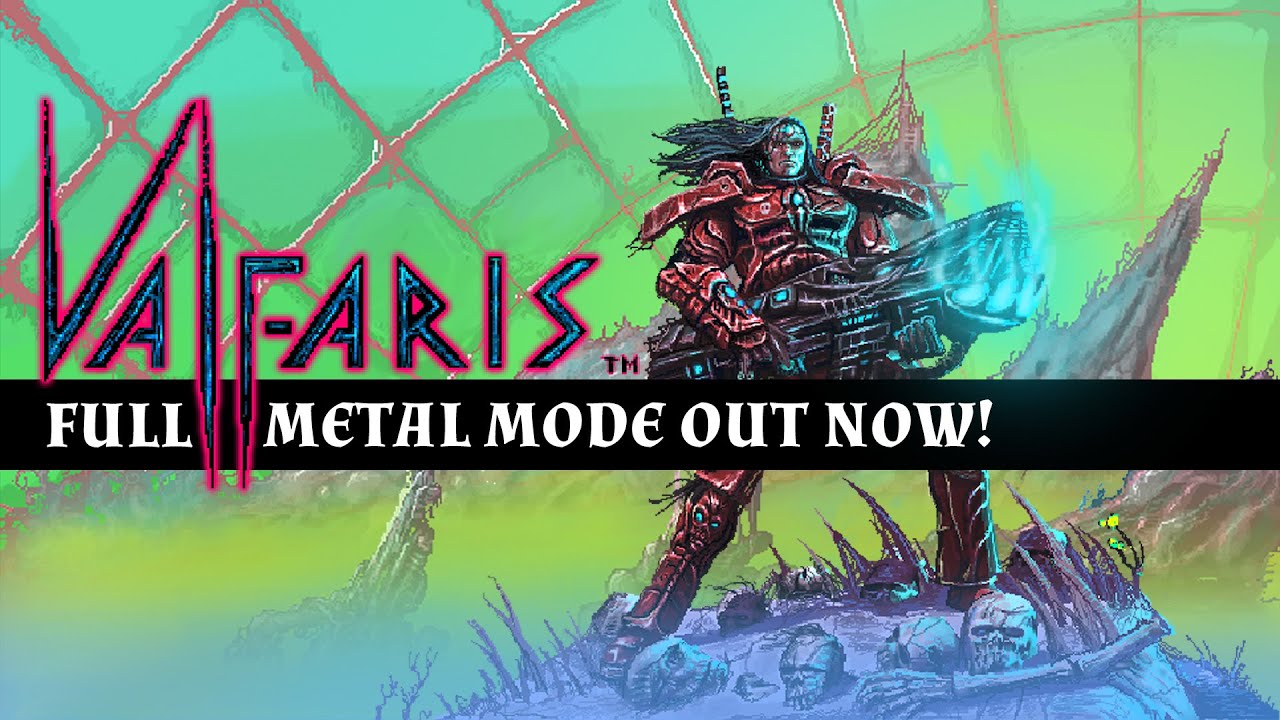Juan over at SwitchWatchTV has put a review out for The Turing Test, a new port for the Nintendo Switch. When the game originally came out, it was quite the stunner in many ways. After a couple years, how has this game aged? Is it still something worth investing in? Or shall we let the ground crew die in peace this time around? Check out the video below or continue downward to read it here on SwitchWatch.co.uk.
The Turing Test is a legacy title from the Square Enix Collective and originally came out in 2016.
STORY
You control Ava Turing, an engineer, and you are sent to Europa. The reason quite simply is to find out the reason for the disappearance of the ground crew stationed there. There is lots of dialogue between you and the station’s AI, Tom.
AI Tom is unable to solve puzzles like a human can, and therefore it’s up to you to solve 70 of the tests in the game. While you do so, more of the story is discovered. I thought it was very well voice acted and had me glued to find out more. It really makes you think about questions about what it means to be human, and you can pick up a lot from the environments themselves with the discovery of personal items from the crew which were left behind.
The tone here is a lot more serious in comparison to something like Portal, which was a lot more humerus. Nevertheless, I enjoyed delving in the mystery throughout it’s run time of around 7 or so hours depending on how quickly you are able to solve puzzles.

GAMEPLAY
The Turing Test is a first-person puzzler, and I must admit the movement of the character is very smooth. But the moment I picked up my Energy Manipulation Tool, which looks like a gun, I was hoping to blast away some enemies, but unfortunately I was rather disappointed that the tool is basically used for moving energy from one place to another to open a series of doors. It starts out rather simple, but it becomes more complex the further you go.
Solving puzzles is a matter of removing energy from one place to power up another or flipping a switch to reroute power while moving power boxes and magnets. These combinations then extend to powering large magnets, power bridges, and more. Later on, the rooms become larger with more moving pieces and even differing colors of energy, but essentially you need to put the pieces in the right place to move forward. I spent a lot of time firing energy balls into one place only to figure out it would need an energy box instead.
I have to admit, I found it to be rather challenging and did become stuck in places, so you really have to take moments and think it all through logically. Even when you do that, you may still get stuck, so perseverance is of course key at times. As each new chapter comes, long new mechanics are added which make the puzzles and combinations of things you will need to do to move forward a little more challenging.

This is good, because at times the puzzles can start to feel like they are losing there impact. A few moments where I felt how many times am I going to have to do the same thing to get through the next door, and that there is what stops this from being a great puzzler for me. It misses those moments where you have that light bulb moment and think “WOW” when a puzzle is solved.
The puzzles will be rather familiar to those of you who have played these types of modern puzzlers, and I rather enjoyed it. But I would also understand that people may find that this doesn’t quite reach the heights of other great puzzle games like Portal, for example. That may be the case, but it’s still enjoyable nevertheless and has a more slower, relaxing pace to it. Each chapter has 10 rooms with puzzles to solve and there are 7 chapters overall, so dependent on your skill at solving puzzles, it’s going to take you between 6-8 hours in total. The story being told throughout each chapter is what kept me intrigued. For me, another really nice touch is that it’s all voice acted.
The controls are very smooth indeed and it was a joy moving through the environment, but I found it disappointing that there were no gyro controls. I am sure many of you will give this a miss on that point alone, as it can be a deal breaker.
If you liked games like The Witness or Portal, then you will most probably enjoy this too, but for me it never reaches the heights of those games.
AUDIO
The audio in The Turing Test is very good indeed here. I felt immersed in the game, and I very much enjoyed the communication between the lead character and the AI, Tom. While this is from Square’s indie division, the production value is indeed very good.
VISUALS & PERFORMANCE
The Turing Test has been ported well. It performs well in both handheld and in docked mode. Visually, the aesthetic is pleasant enough. While you are in a station, most of the time the environment after a while does become rather samey. There are some nice effects like the planets being projected, but they are a little few and far between.
VALUE
Currently until the 21st of February, the game is 15% off and is on sale for £13,59 in the UK, $16.99 in the USA, and 16,99 in the EU. Price will rise to £15,99 and $19,99 respectively. To be honest, it needs to stay at the sale price, as I think this will represent good value for the game. You are looking at 7 hours of gameplay, but once you are done here you are done and will need to move on. There are no other modes to keep you occupied.

-
Story - 7/10
7/10
-
Gameplay - 7/10
7/10
-
Audio - 8/10
8/10
-
Visuals & Performance - 7/10
7/10
-
Value - 6/10
6/10
Summary
The Turing Test is a game which is rather thought provoking in the story it tells which I found was a strong part to the game. The puzzles themselves are solid enough but not spectacular. I would say it’s best to play 1 chapter or 2 at a time and take a break. Then come back to it, so it doesn’t feel so repetitive to you. Either way, it is still rather enjoyable.
Overall
7/10Pros
- Good story
- Decent, solid puzzles
- Good production
Cons
- No gyro controls
- A bit repetitive










